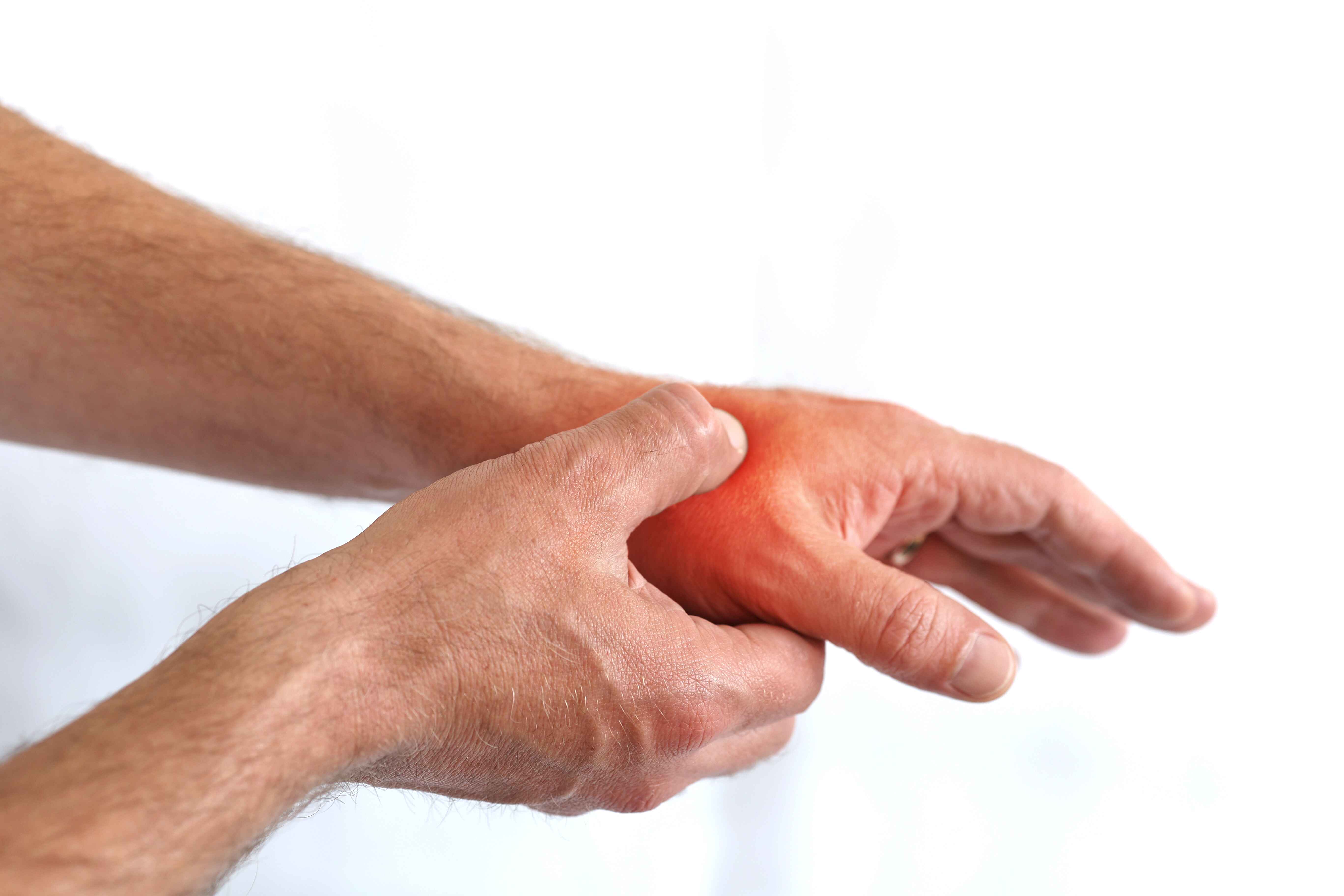Fracture: Treatment, Types & Diagnosis
Written By: Dr. Mohamed Ghanem
Updated On:December 27, 2023

What is Fracture?
Traumas like falls, auto accidents, or sports injuries frequently result in fractures. However, certain medical problems and repetitive motions (like running) can raise your chance of developing a certain kind of fracture.
You might require surgery to fix a fractured bone. Some people's bones can heal with just a splint, cast, brace, or sling. Depending on which of your bones are fractured, where the break occurred, and what caused it, it will take you a certain amount of time to fully recover.
Causes of Fracture
Traumas almost usually result in bone fractures. Anything that strikes one of your bones hard enough can cause it to fracture. Some of the most frequent causes are as follows:
- Car accidents
- Falls
- Injury resulting from sports
There are situations when a bone might fracture without any external impact. Stress fractures may result from repetitive motions like running or participating in sports. In a similar vein, overusing your hands and arms over an extended length of time can cause overuse syndrome. A stress fracture is more likely to occur if you use your hands or play an instrument every day at work.
Symptoms of Fracture
The location, age, general health, and severity of an injury all affect a person's fracture symptoms differently.
However, individuals with bone fractures frequently endure some of the following:
- Pain
- Swelling
- Bruising and discolored skin
- The afflicted area protrudes at a strange angle
- The inability to bear weight on the afflicted area
- The inability of moving the injured part
- A grating pain in the damaged bone or joint
In more serious circumstances, a person might experience fainting, feeling lightheaded or dizzy, and/or nausea.
When to see a doctor for a Fracture?
You should see a healthcare professional right away if you suspect a bone fracture. If you suffer any of the following, head to the emergency room:
- Strong pain
- A body portion that you normally can move is now immobile.
- Your body has a noticeable difference in appearance or is not in the typical location.
- Your bone is visible through the skin.
- Swelling
- Any new bruises that develop along with any of these other symptoms
Fracture Risk Factors
Anyone can experience a bone fracture. It's difficult to predict when someone will break a bone because traumas like falls, auto accidents, or sports injuries are frequently the cause. If osteoporosis has weakened your bones, you are more prone to fracture a bone.
Fracture Complications
With the right care, bone fractures normally mend successfully, although there might be consequences, such as:
- Bone heals improperly: During the healing process, the bones may move or a fracture may heal improperly.
- Bone growth disruption: The normal growth of a child's fractured bone may be hampered if the healing process is interrupted. Future bone deformation may result from this, increasing the risk.
- Bacteria can enter through a crack in the skin in a complex fracture and infect the bone or bone marrow. This infection has the potential to persist.
- Avascular necrosis, often known as bone death, occurs when a bone loses its vital blood supply.
Fracture Diagnosis
A physical examination and imaging studies will help your orthopedic doctor determine whether you have a bone fracture. In some circumstances, if you are admitted following a trauma, this may be done in the emergency room.
If you are rushed to the ER, a group of medical professionals will stabilize you and treat your wounds according to their seriousness, especially if some of them are life-threatening. Imaging studies will be required following stabilization to confirm any fractures.
At least one of the following imaging procedures will be required to capture images of your fracture:
- X-rays: An X-ray will identify any fractures and demonstrate the degree of bone damage.
- MRIs: An MRI may be used by your doctor to obtain a complete view of the damage to your bones and the surrounding tissue. Your ligaments and cartilage that surround your bones will also be visible on an MRI.
- CT Scans: An X-ray cannot provide your doctor or surgeon with as detailed a picture of your bones and surrounding tissue as a CT scan can.
- Bone Scan: Medical professionals utilize a bone scan to detect fractures that aren't visible on an X-ray. This scan requires more time; typically, two visits, separated by four hours.
Fracture Treatment
Bone healing is a natural process that usually takes place without any intervention. As a result, the goal of treatment is usually to ensure that the broken bone has the greatest possible conditions for healing and that it will operate at its best going forward.
The fracture will be reduced by a doctor so that the natural healing process may start. In order to do this, align the ends of the fractured bones. A doctor can accomplish this with minor fractures by externally moving the injured area. But occasionally, this can call for surgery.
A medical expert will make sure the fracture remains in place once it has been properly positioned. Techniques for doing this include:
- braces or casts
- as metal brackets and screws
- intramedullary nails or rods inserted into bone cavities
Depending on how severe they are, fractures can heal in a few weeks to a few months. The length of time depends on which bone is injured and whether there are any side effects, like an infection or a blood supply issue.
Physical treatment may be required to regain the damaged area's muscular strength and mobility once the bone has healed.
Fracture Prevention
To decrease your risk of getting hurt, abide by these general safety recommendations:
- Don't forget to wear your seatbelt.
- For all activities and sports, wear the appropriate protective gear.
- Ensure that there is no clutter in your house or workplace that could trip you or others.
- If you need to reach something at home, always utilize the right tools or equipment. Never put any weight on a chair, a table, or a countertop.
- Maintaining strong bones requires adhering to a diet and exercise regimen.
- If you're older than 50 or if osteoporosis runs in your family, discuss getting a bone density test with your doctor.
- If you have trouble walking or are at a higher risk of falling, use your cane or walker.
References
Bigham‐Sadegh, A., & Oryan, A. (2015). Basic concepts regarding fracture healing and the current options and future directions in managing bone fractures. International wound journal, 12(3), 238-247.
Court-Brown, C. M., & Caesar, B. (2006). Epidemiology of adult fractures: a review. Injury, 37(8), 691-697.
Fazzalari, N. L. (2011). Bone fracture and bone fracture repair. Osteoporosis International, 22, 2003-2006.
Ghiasi, M. S., Chen, J., Vaziri, A., Rodriguez, E. K., & Nazarian, A. (2017). Bone fracture healing in mechanobiological modeling: A review of principles and methods. Bone Reports, 6, 87-100.
Watson-Jones, R. (1962). Fractures and joint injuries. E. & S. Livingstone.
Meet our doctors from the department









